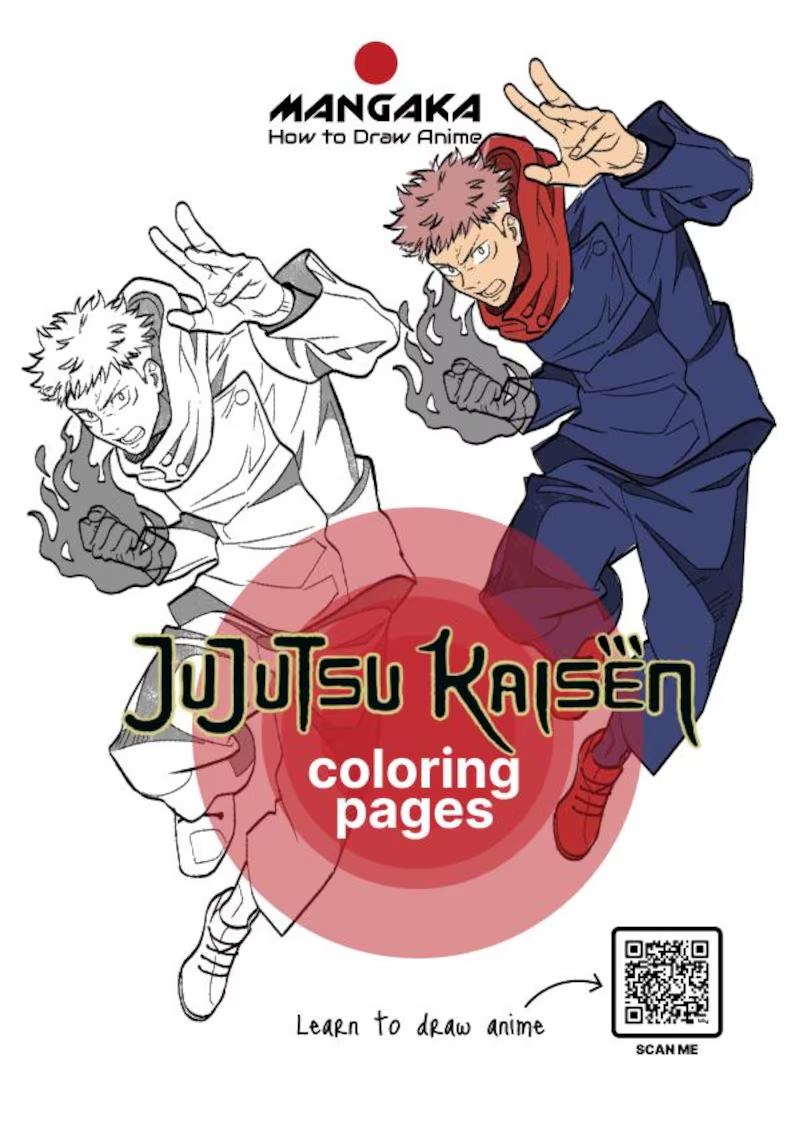- Introduction: The Pioneering Spirit of Emi Ishikawa in Manga Adaptations
- Background and Context: Tracing the Roots of Emi Ishikawa’s Creative Journey
- Main Insights: The Art of Manga Adaptation and Cultural Impact
- Challenges and Opportunities: Navigating the World of Adaptations
- Future Outlook: The Evolving Landscape of Anime and Manga
- Conclusion: Key Lessons from Emi Ishikawa’s Journey
Introduction: The Pioneering Spirit of Emi Ishikawa in Manga Adaptations
In the dynamic world of manga and anime, few creators manage to captivate both the hearts of traditional enthusiasts and the curious minds of new audiences. Emi Ishikawa stands out as one such luminary, skillfully bridging the realms of horror and urban myth through her unique storytelling. Recently, Ishikawa announced her latest venture—launching a manga adaptation of the intriguing “Urban Myth Dissolution Center” game by Hakababunko and Shueisha. This adaptation, set to grace the pages of Shueisha’s Ribon magazine, promises to enthrall readers with narratives that delve into urban legends, guided by the determined heroine Azami Fukurai and her mentor, Ayumu Meguriya, a Level S psychic.
This announcement is not just another addition to Ishikawa’s impressive portfolio but a testament to her ability to translate complex, interactive stories into the visually rich and emotionally engaging medium of manga. Her knack for weaving suspenseful tales that resonate with cultural nuances has set a high bar in the industry. With this project, she continues to explore and expand the boundaries of what manga can achieve, offering insights into human fears and societal myths.
Background and Context: Tracing the Roots of Emi Ishikawa’s Creative Journey
To appreciate the significance of Ishikawa’s upcoming project, it’s essential to understand her journey and the cultural landscape she navigates. Ishikawa’s career took off with the creation of “Zekkyō Gakkyū,” a manga series that first appeared in Shueisha’s Ribon magazine in 2008. This series, featuring a ghost girl named Yomi who narrates eerie tales, not only captivated a wide audience but also set a precedent for horror manga aimed at younger readers. By March 2015, the series had concluded with its 20th volume, marking a significant achievement in the genre.
Following the success of “Zekkyō Gakkyū,” Ishikawa launched “Zekkyō Gakkyū: Tensei” in 2015, further cementing her reputation as a master storyteller in the horror genre. The series’ impact was such that it inspired two short anime specials on the “Oha-Suta” variety program in 2016, showcasing Ishikawa’s ability to transcend media formats. Her work has even ventured into the realm of live-action films, with a 2013 adaptation of “Zekkyō Gakkyū,” further broadening her influence and demonstrating the versatility of her narratives.
Main Insights: The Art of Manga Adaptation and Cultural Impact
Exploring Urban Myths Through Manga
Ishikawa’s latest project, the adaptation of “Urban Myth Dissolution Center,” is poised to explore urban myths—a theme rich with cultural significance. These myths, often rooted in societal fears and shared experiences, offer a unique lens through which readers can explore the unknown. By focusing on Azami Fukurai’s journey, Ishikawa taps into the universal allure of mystery and the human desire to uncover hidden truths. The narrative promises to engage readers not only with thrilling adventures but also with introspective moments that reflect on the nature of belief and fear.
The Role of Horror in Manga
Horror has long been a staple in Japanese manga, offering a window into the cultural psyche and societal anxieties. Ishikawa’s work exemplifies this tradition, utilizing horror not just for shock value but as a means to explore deeper themes of identity, morality, and the supernatural. Her ability to craft stories that resonate on both an emotional and intellectual level is a testament to her understanding of the genre’s potential. Through her adaptations, Ishikawa invites readers to confront their fears and question the boundaries between reality and myth.
Bridging Interactive Media and Traditional Storytelling
With the adaptation of games like “Urban Myth Dissolution Center” and “Poppy’s Playtime,” Ishikawa is at the forefront of a growing trend that sees the convergence of interactive media and traditional storytelling. This blending of formats allows for a richer narrative experience, where readers can engage with the story on multiple levels. Ishikawa’s approach highlights the possibilities inherent in this fusion, offering new ways to experience familiar tales and inviting audiences to participate in the unfolding drama.
Challenges and Opportunities: Navigating the World of Adaptations
Addressing the Challenges of Faithful Adaptation
Adapting interactive games into manga presents unique challenges, particularly in maintaining the essence of the original while crafting a standalone narrative. Ishikawa’s task is to capture the interactive elements that define games and translate them into a format that relies on sequential art and static images. This requires a keen understanding of pacing, visual storytelling, and character development—areas where Ishikawa’s expertise shines.
Opportunities for Cross-Media Storytelling
The adaptation of “Urban Myth Dissolution Center” represents an opportunity to explore cross-media storytelling, where narratives unfold across different platforms, each contributing to a richer tapestry. By leveraging the strengths of each medium, Ishikawa can create a multifaceted experience that appeals to both game enthusiasts and manga readers. This approach not only broadens the audience base but also enhances the narrative’s depth and impact.
Future Outlook: The Evolving Landscape of Anime and Manga
Exploring Future Trends in Manga and Anime
Looking ahead, the integration of digital technology and traditional storytelling methods is likely to continue shaping the landscape of manga and anime. As creators like Ishikawa explore new ways to engage audiences, we can expect to see more innovative adaptations that push the boundaries of genre and format. This evolution promises to expand the reach of manga and anime, introducing new themes and cultural influences that reflect the changing world.
The Global Influence of Japanese Pop Culture
Japanese pop culture, with its unique blend of tradition and innovation, continues to exert a significant influence on global media. Ishikawa’s work, rooted in cultural specificity yet universal in appeal, exemplifies the potential of Japanese storytelling to resonate with audiences worldwide. As the industry evolves, the global impact of creators like Ishikawa is likely to grow, fostering cross-cultural exchange and understanding.
Conclusion: Key Lessons from Emi Ishikawa’s Journey
Emi Ishikawa’s journey as a creator is a testament to the power of storytelling that transcends cultural and media barriers. Her ability to adapt complex narratives into engaging manga exemplifies the potential of the medium to explore deep-seated fears and societal myths. As Ishikawa continues to innovate, she not only enriches the world of manga but also offers valuable insights into the human condition. For fans and newcomers alike, her work provides a compelling invitation to explore the mysteries that lie at the intersection of reality and imagination.





